In this interview with Ultrafabrics’ Kimberley Harrington, Car Design News editor James McLachlan discusses initial impressions from the 2025 CMF survey; how polyurethane (PU) solutions meet contemporary expectations of luxury; varying trends between Chinese and western approaches to CMF and what “generational divides” could mean for designers.
Only CDN Premium subscribers get full access to the annual CMF report, but for more takeaways head to this overview for more. For now, watch the video above or read on for some of the broader trends.
CDN: So Kimberley, we’ve got the results back. Was there anything that surprised you?
Kimberley Harrington: It confirmed a lot of what we were expecting in terms of earthy palates and the digital detoxing topic. What was good to have confirmed was the level of diversity that’s coming out of that survey – what each generation is actually putting top of their list.
Gen X and boomers are focusing more on tradition and on comfort, which makes perfect sense. But the changing economy means peoples’ spending is going outside of that bracket now as well. So, it’s important to make sure that – for us millennials and so on – our needs are also being met. That was maybe not a surprise, but a welcome result.
CDN: We saw in the survey that the younger generations, millennials and zoomers, were much more worried about sustainability. So how does PU (polyurethane) material feed into that point?
Kimberley Harrington: Yeah, great question. And it is a challenge. We’ve manufactured polyurethane for 65 years out of Japan, and we recognise that the world is very differentnow compared to 65 years ago. We’re not putting our head in the sand, we know we rely on petrochemicals in terms of starting chemicals, and we have started a journey to be a more sustainable and responsible PU manufacturer.
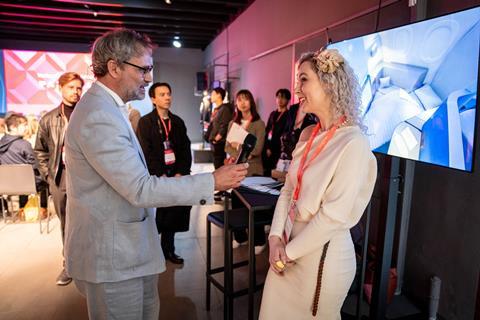
Customers are expected to pay up for sustainability, [but] our standard products will have a minimum 50% rapidly renewable or recyclable content. And then beyond the textile backcloth, we actually have a bio resin too which comes from industrial dent corn. So right down into our foam layer and resin system we have bio content as well, and we’re not stopping there.
CDN: Sustainability is obviously a big factor and it came up a lot in the survey. What was interesting was a slight split: respondents from China saw technology as the forum for innovation, whereas in the Western world, for want of a better term, it was much more about sustainability. Will that give a USP to Western car brands, do you think?
Kimberley Harrington: It’s really interesting. We have internally been conducting some Chinese benchmarking and I agree that China is definitely setting the pace in terms of technological advancement.I think the edge that Western OEMs will have is in terms of perceived quality and longevity. Those brands are recognised [for that]. What the Chinese brands, especially with EVs, are doing is fantastic to really help spur and move things along this side of the world. But time is going to tell how [those materials] age over the next few years.
We have to start facilitating the next generation who want more responsible options, which is good for us
CDN: Coming back to the generational thing, there were very clear visions there. Do you think this will prompt senior designers to adapt their focus or change what they’re very good at doing already?
Kimberley Harrington: I do, and I’m excited because I think we’re going to have to cast our net further. More has to be considered as the generations that have money is starting to spread across those divides.
And we’ve seen that a lot already. If you think about certain OEMs who had very definite plans to cancel materials like leather, and there have been brands that have successfully done that, like Renault and Dacia – no leather – and other brands who are circling back and found that there is a place for leather within the materiality walk. That makes sense because again, those boomers and Gen X really do associate quality with that. We see that in China as well. But we have to start facilitating the next generation who want more responsible and sustainable options, which is good news for us.

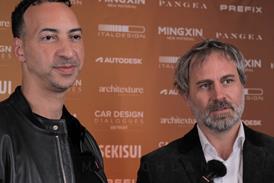
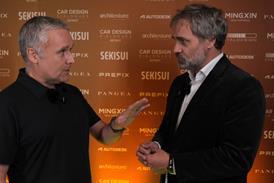

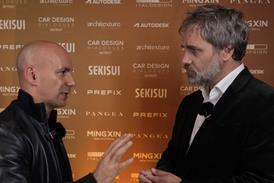





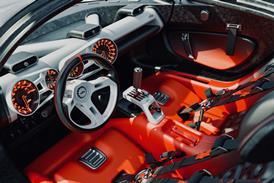


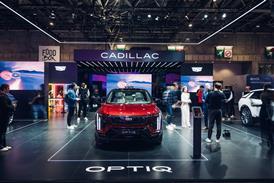
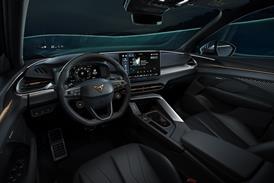
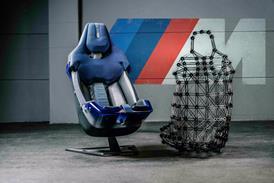



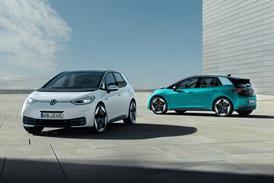


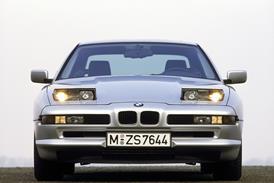








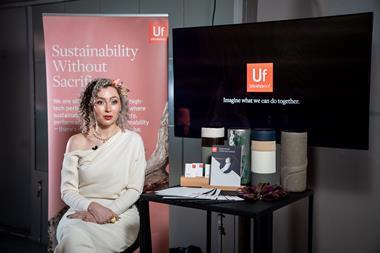
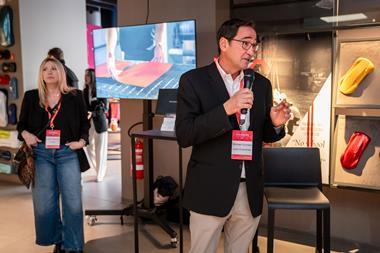
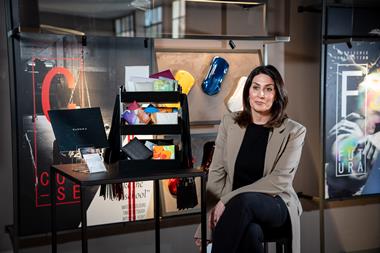
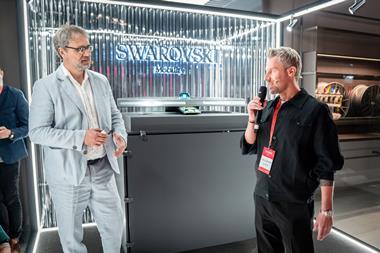


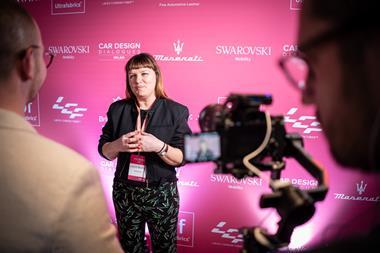


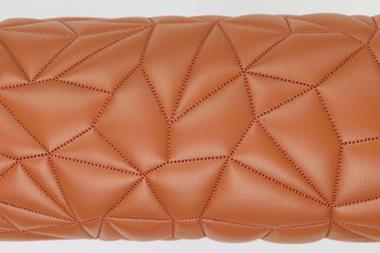





No comments yet